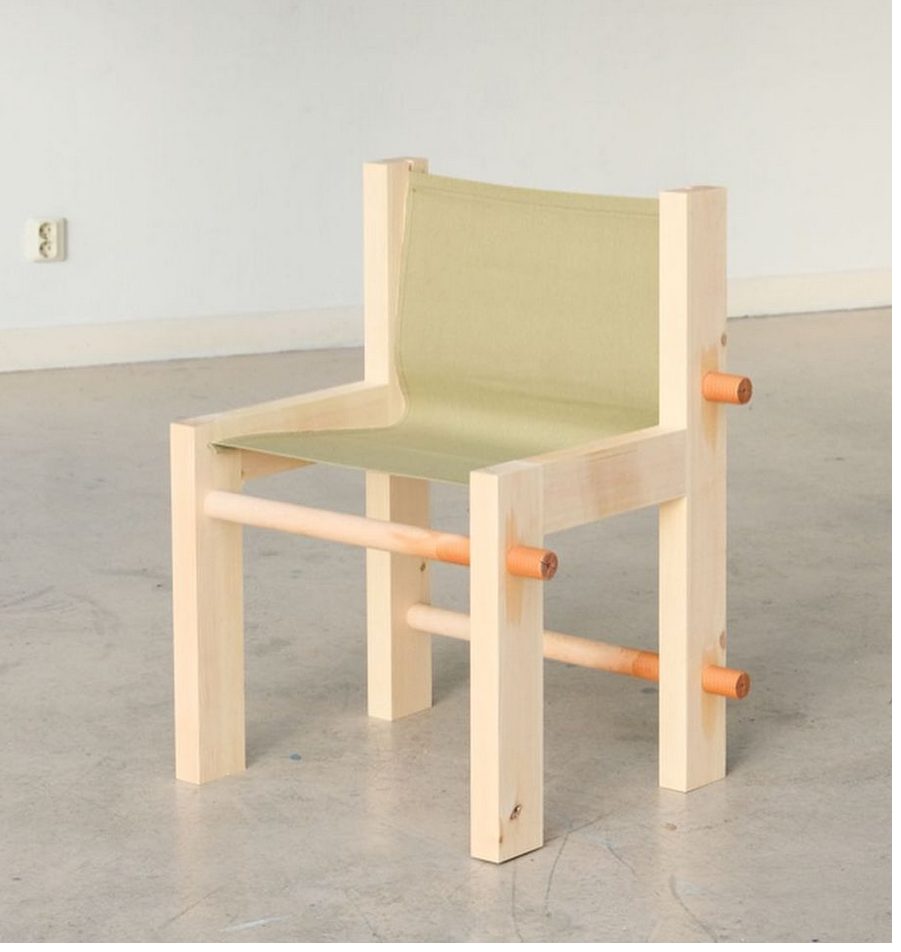
Threading, Tension, Movement
Karl Ekdahl’s “Materials in Tension” emerges from two premises.
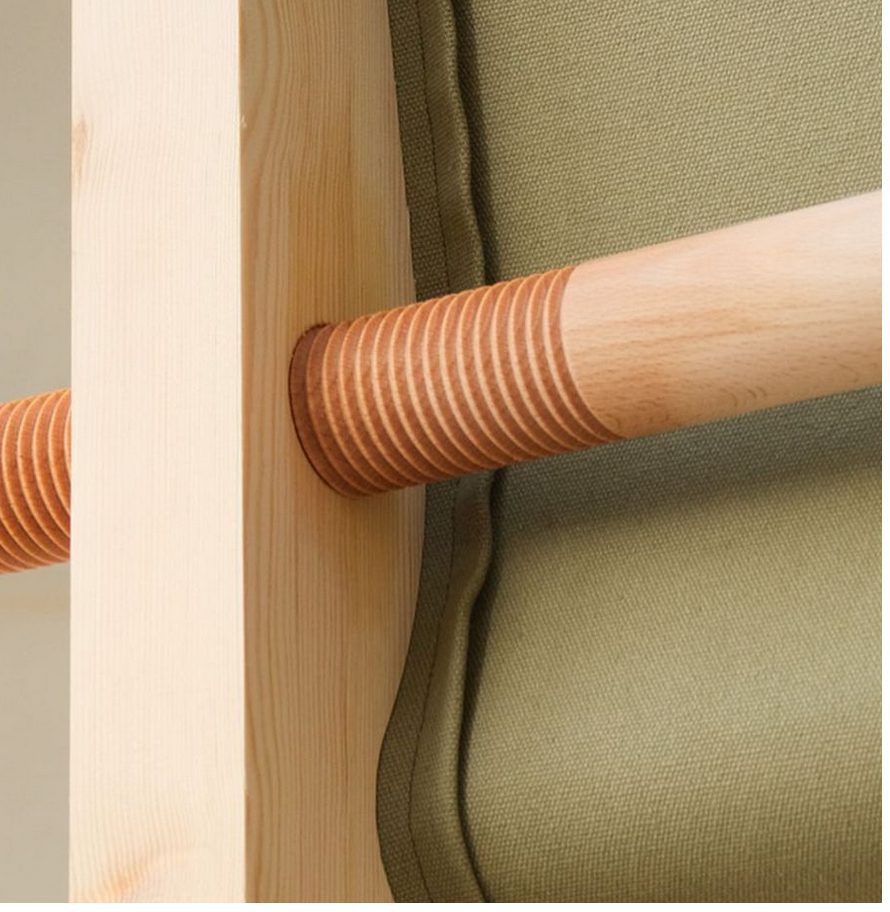
1. Threading, as in the textured part of a bolt, implies movement.
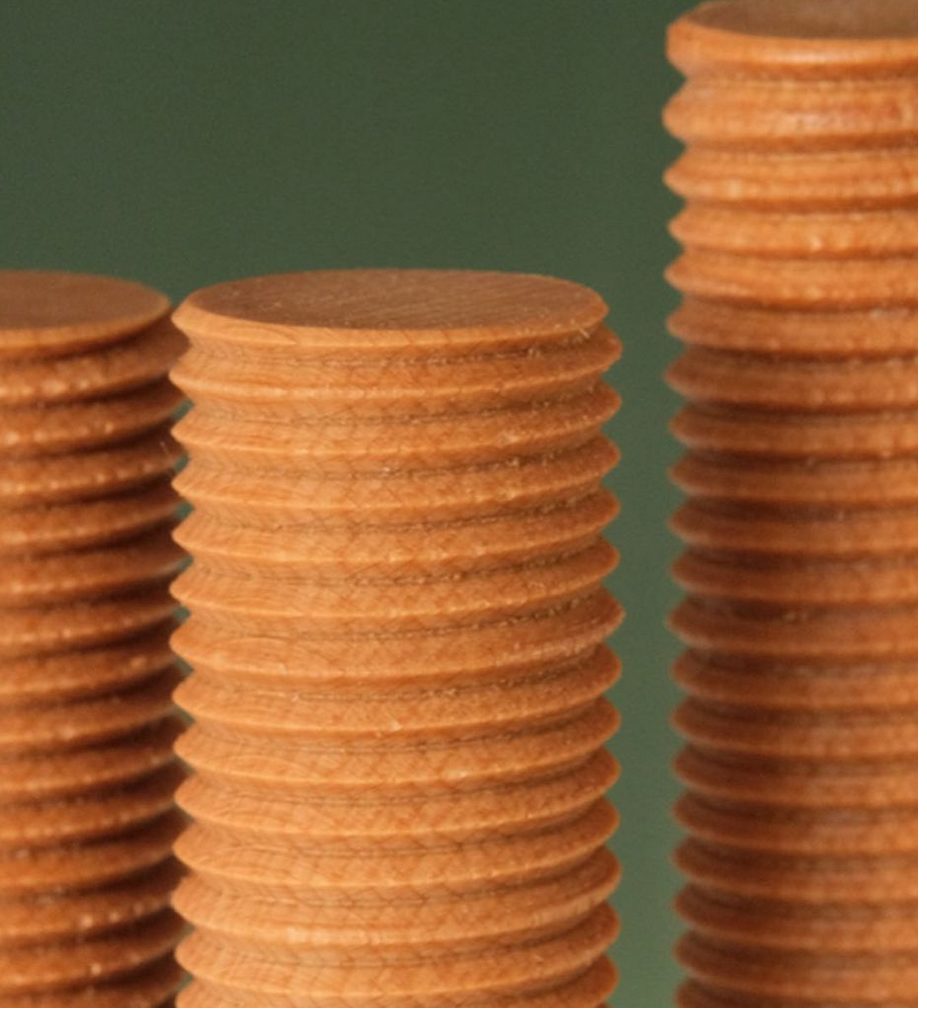
2. Textiles can be used to create form, rather than simply being subservient to an underlying structure.
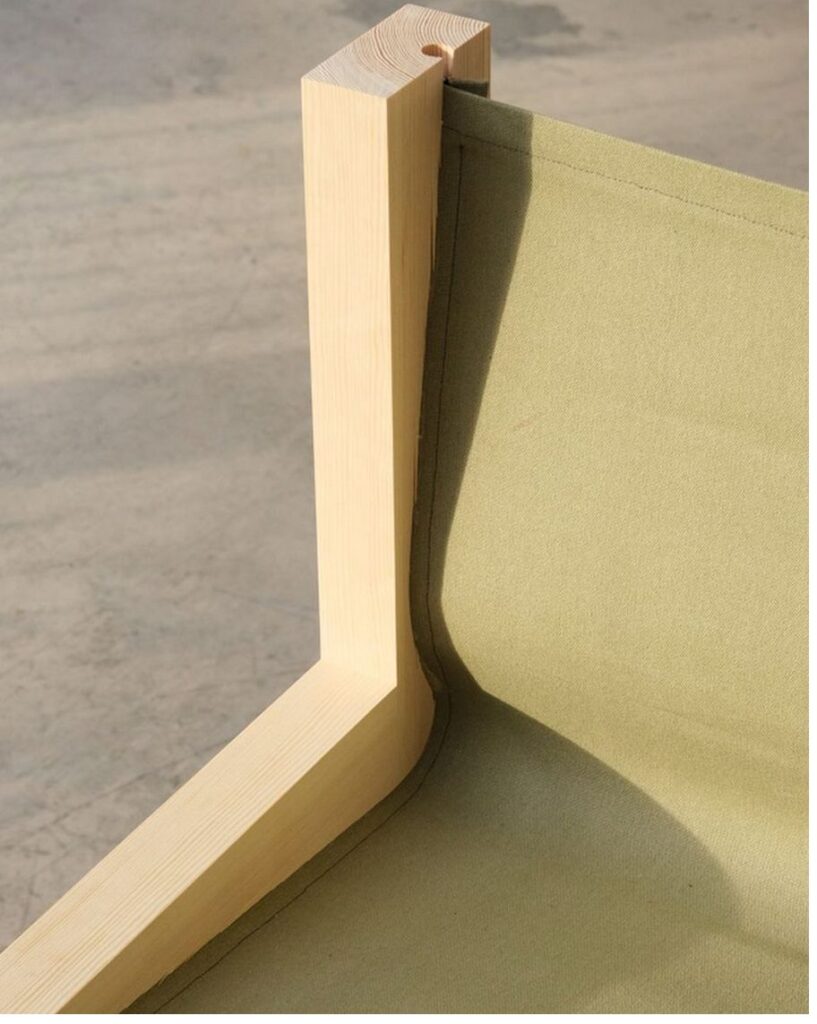
The result is the Tension in Movement chair, whose defining quality is its gentle fold of fabric.
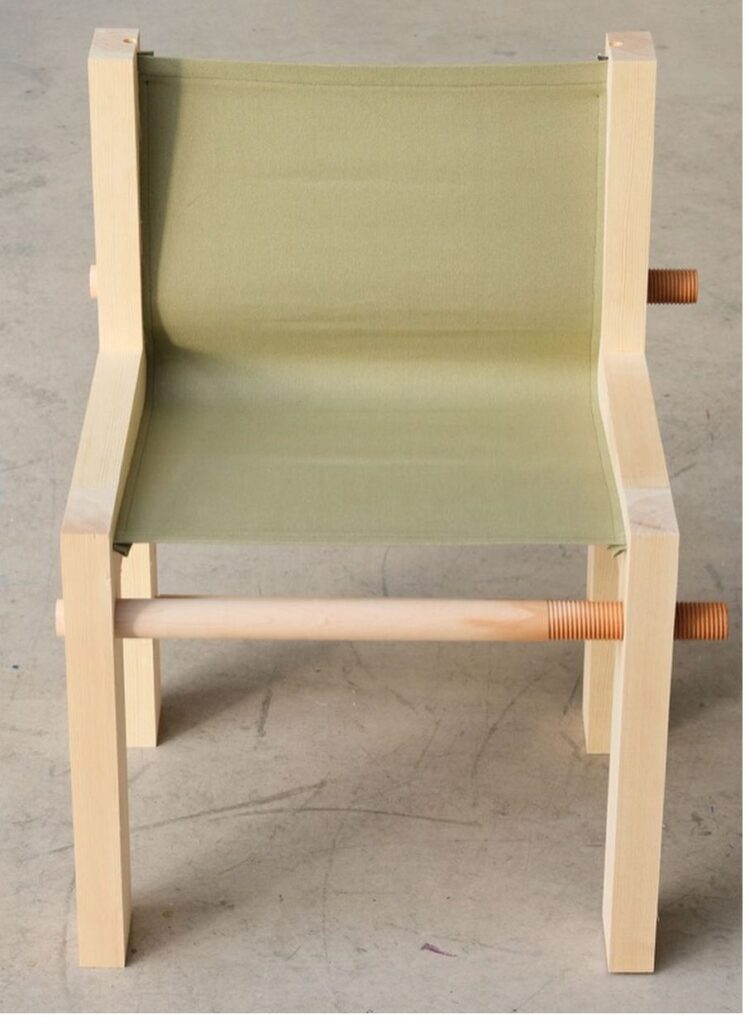
As Ekdahl says, the threading detail provides another layer of meaning: “There is an expectation that something will happen, the object is never static, which creates a kind of suspense that captures my interest and makes me wonder: “What happens if I rotate this?”
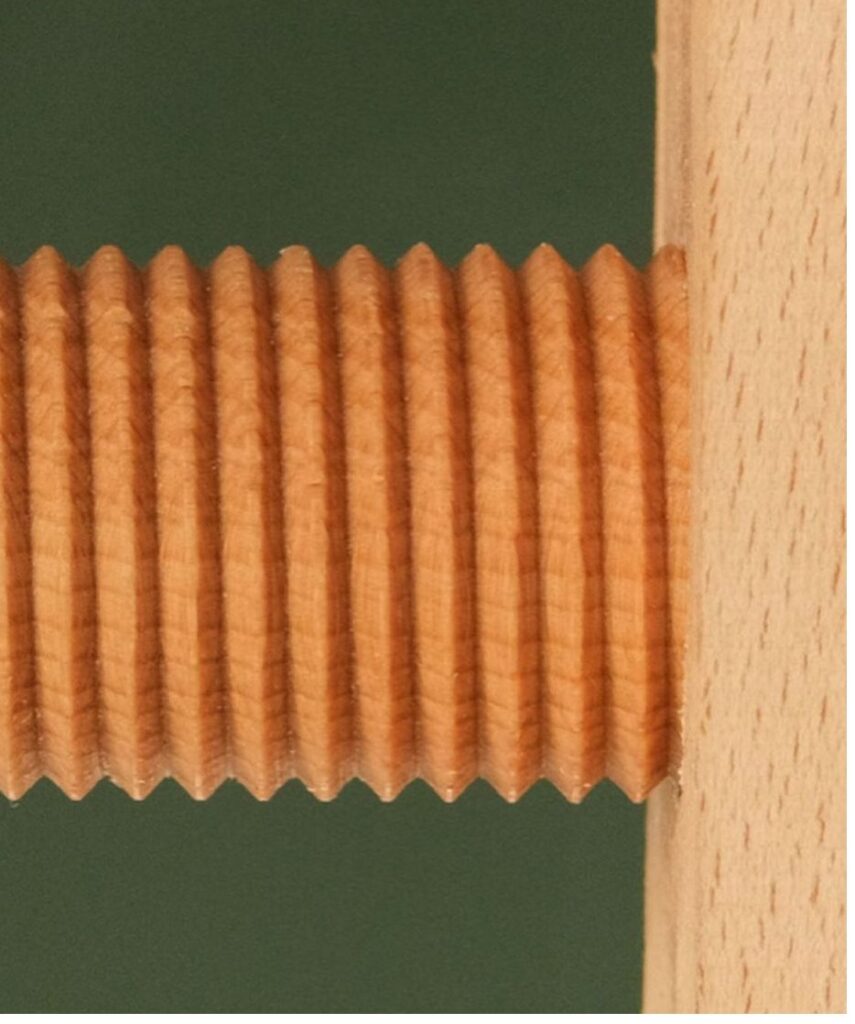
Will the chair get taller? Narrower? Tighter? Will the change in tension move the fabric and thus alter the entire nature of the form?

Visit Karl Ekdahl to find out.
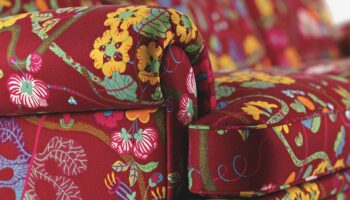
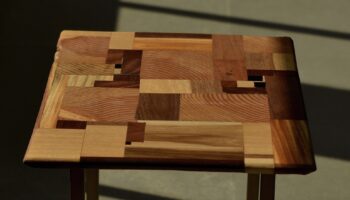
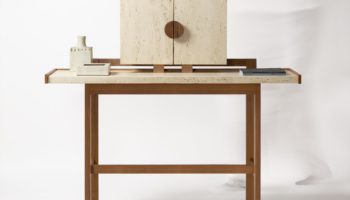

Leave a Reply